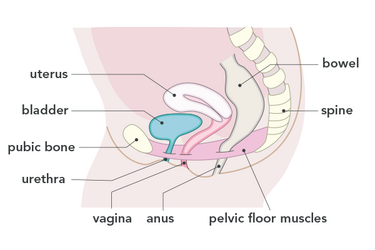Urinary incontinence is when you have accidental wee leakage. It’s a common condition that can be treated, managed and sometimes cured. Learn more about urinary incontinence, the causes and how it’s diagnosed and treated.
How does a normal bladder work?
Types of urinary incontinence
Causes
Diagnosis
Prevention and management
According to the Continence Health Australia, a normal bladder:
There are different types of urinary incontinence, including:
The pelvic floor muscles (muscles that support the bladder, bowel and uterus) can stretch and weaken, leading to continence issues.
Incontinence can also happen when pelvic floor muscles are too tight (overactive).
Urinary incontinence can be caused by:
Urinary incontinence is also associated with:

If you have symptoms of urinary incontinence, it’s important to talk to your doctor or continence nurse specialist.
They will ask about your medical history and symptoms, including:
They may test a urine sample for a urinary tract infection (UTI) or refer you to a specialist to do a pelvic floor muscle assessment.
There are many ways to prevent and manage urinary incontinence. For example:
Visit the Continence Health Australia website to learn more about managing urinary incontinence.

A little bit of wee comes out when I cough or laugh – that’s normal … isn’t it?
This content has been reviewed by a group of medical subject matter experts, in accordance with Jean Hailes policy. It has been produced in partnership with Continence Health Australia.
© Jean Hailes Foundation. All rights reserved.